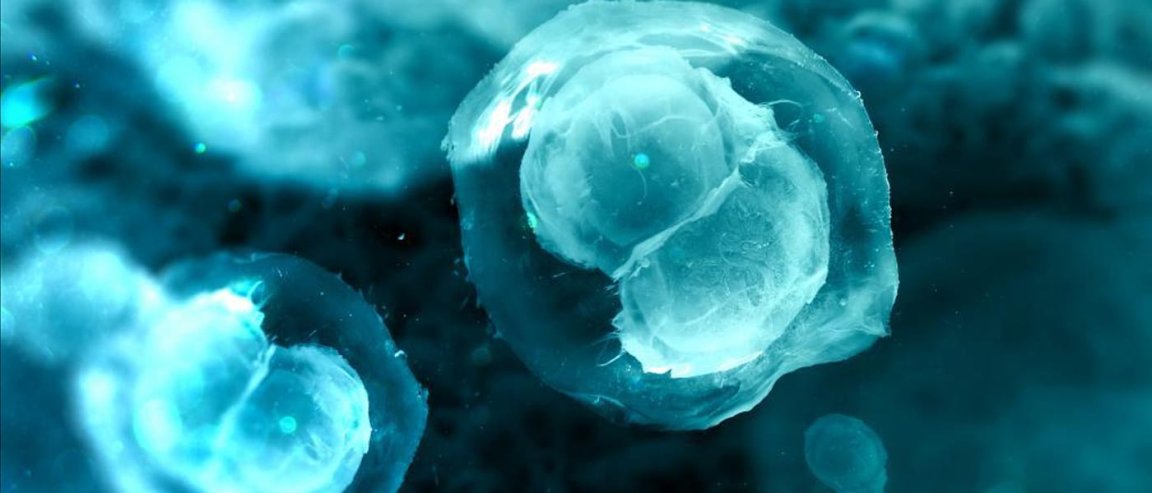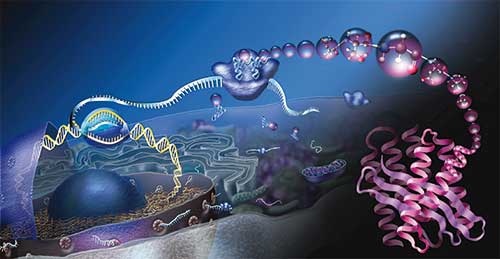
Down To The Cellular Level
Less than five years after the Human Genome Project wrote out the three billion letters of human DNA, doctors and biologists have revealed a plan to map out in intricate, high-definition detail every cell in the healthy human body. The project, titled the Human Cell Atlas, was announced at a meeting convened by the Broad Institute of MIT and Harvard, Wellcome Trust Sanger Institute, and Wellcome Trust, and according to a news release from the Sanger Institute, it will be a huge undertaking on par with the Human Genome Project.
Most of our knowledge of human cells comes from studying them under microscopes, and some recent work in the field has analyzed groups of cells to determine their average properties. The Atlas will provide us with much more information than that by using advancements in single-cell genomics, or the sub-level investigation of each individual cell. Using the latest technology, researchers will be able to provide detail right down to the RNA messages that give each cell its unique identity.
“The Human Cell Atlas is the most exciting initiative to come out of the life science community in a long time,” said Sten Linnarsson, member scientist of the project and professor of molecular systems biology at the Karolinska Institutet in Sweden. “In sickness and in health, cells are the fundamental units of life, and only by knowing our cells will we be able to fully comprehend the mechanisms of human disease.”

Know Thyself
Linnarsson’s colleagues agree that in order to improve healthcare, we first need to improve our understanding of the human body. “We are currently limited in our understanding of how cells differ across each organ, or even how many cell types there are in the body,” said Sarah Teichmann, head of cellular genetics at the Wellcome Trust Sanger Institute in the United Kingdom. “The Human Cell Atlas initiative is the beginning of a new era of cellular understanding.”
This project may be the key to unlocking the secrets of our own bodies. By knowing what a healthy human body looks like at its most basic level, we can better identify and analyze the variations that accompany disease and aging. Curing and treating those diseases, preventing ailments, and even developing methods to mitigate aging and deterioration are just a few of the ways the Human Cell Atlas could help humans map our way to a healthier future.